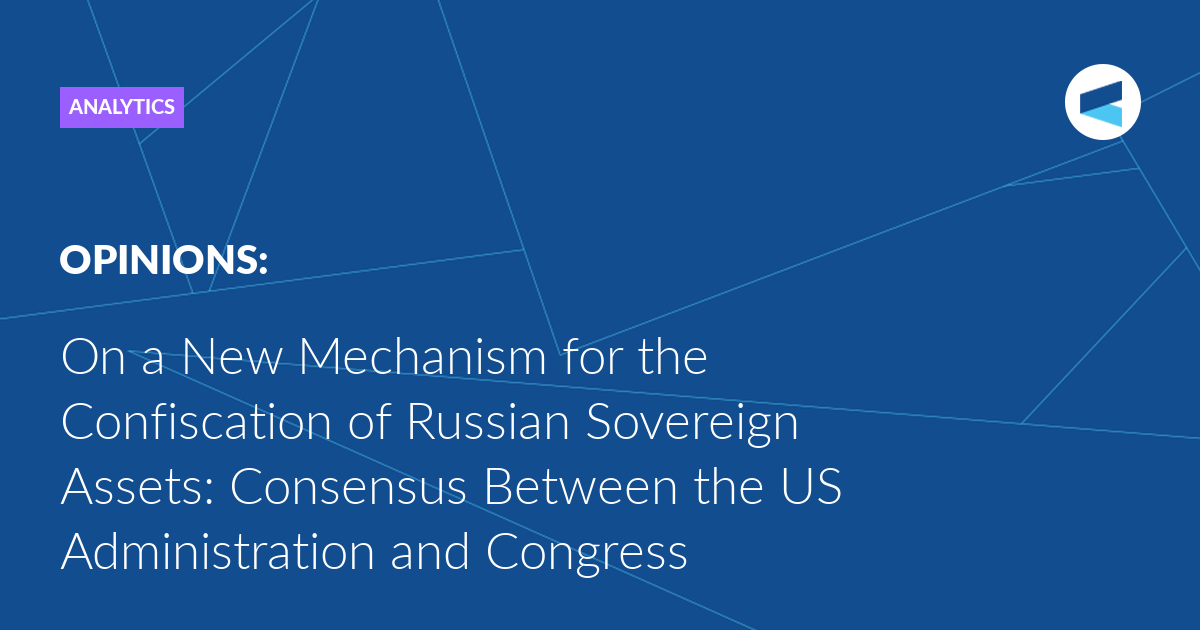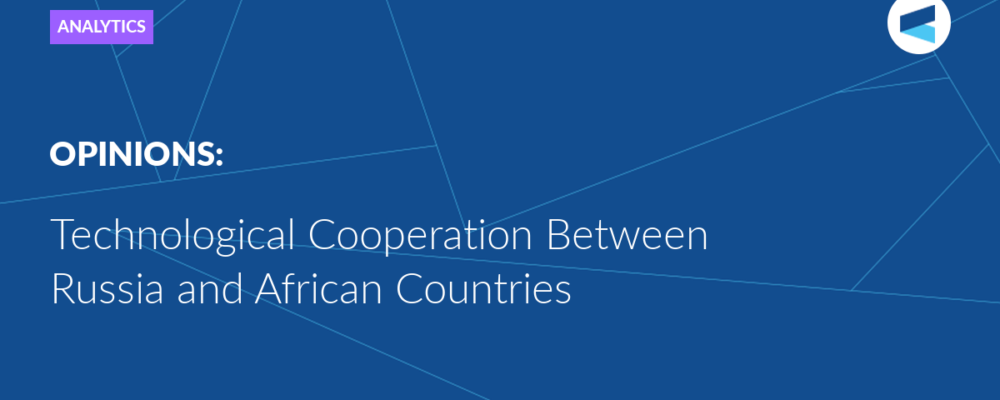, then by the end of the twentieth century
and in the 21st century
, the reasons for its strengthening were explained, including the sanctions policy. Congress has the power to influence budgetary appropriations, determine the content of legislation and procedures for its implementation, and request reports from executive authorities. Although the administration sometimes interprets legislative norms very broadly, “winding up” their implementation or taking a formal approach to reporting, Congress still remains a significant factor in US foreign policy.
On the issue of sanctions against Russia and a broader range of topics, the relationship between Congress and the administration can hardly be called equal. In December 2012, the US President signed the Magnitsky Act. It implied sanctions against Russian officials who, according to US authorities, were connected with the death of Russian lawyer Sergei Magnitsky. In addition, sanctions could be imposed on a wider range of Russian individuals involved in human rights violations or in corruption. However, the administration applied this law to a limited extent, although it caused aggravation in relations with Moscow.
The Ukrainian crisis of 2014 was marked by unanimity between the Administration and Congress. President Obama’s executive orders on sanctions against Russia (13660, 13661, 13662, 13685, etc.) were supplemented by two laws initiated by Congress and signed by the president (UFSA and SSIDES). Congress then took a hostile position towards the Trump Administration, fearing that the President would ease sanctions against Russia. Act 115-44 (CAATSA) limited it in repealing Obama’s previously mentioned sanctions orders in connection with the situation in Ukraine and alleged cyberattacks from foreign countries (13694 and 13757), and also introduced a number of new restrictions. Donald Trump, having signed the law, did not pursue excessive escalation of sanctions but he cannot be accused of trying to evade its implementation. In his Executive Orders 13848 and 13849 he used both the deterrence policy regarding US election interference and the key tenets of CAATSA. Against the backdrop of the incidents in Salisbury, UK in 2018, the Trump administration opposed tough bills on sanctions against Russia, but implemented the provisions of previously adopted legislation, applying sanctions against Moscow to a limited extent. In addition, Trump has been an active supporter of restrictions on Russia’s offshore pipeline projects, supporting sanctions bills in this area.
Even before the start of Russia’s Special Military Operation (SMO) in Ukraine, the Biden administration and Congress acted together, sending Moscow political signals about possible sanctions. After the start of the SMO, we can talk about actions coordinated by the administration and Congress with regards to Russia. Moreover, despite the large number of anti-Russian bills in Congress,
the legislative branch was in no hurry to limit the administration in matters of applying sanctions. In addition to Executive Order 14024, Joe Biden signed a series of new orders on restrictions against the Russian Federation (14039, 14066, 14068, 14071, 1414). Only a portion of the sanctions were enshrined in legislation. In 2022, Congress passed laws suspending Russian energy imports, normal trade relations with Russia and the Republic of Belarus, and implied sanctions against buyers of Russian gold. There were also no contradictions between the Administration and Congress regarding the confiscation of Russian assets. Bills to confiscate sovereign and/or private Russian assets have been introduced in Congress. The US President also supported the confiscation of frozen funds. Back in April 2022, Biden asked Congress to develop new legislation that would make it possible to confiscate the frozen property of both the Russian state and the “oligarchs.” A milestone on the path to a full-fledged confiscation mechanism was when the legislature granted the US Attorney General the authority to transfer to the State Department property confiscated as part of criminal investigations against persons blocked on the grounds of sanctions against Russia in connection with the conflict in Ukraine. The State Department has been given the authority to transfer confiscated funds to Ukraine. But it would be difficult to confiscate significant amounts of funds using such a mechanism, since criminal cases against Russian individuals who are sanctioned are still few and the confiscated funds are relatively insignificant. For example, the confiscated assets of Russian businessman Konstantin Malofeev, transferred to Ukraine, amounted to 5.4 million US dollars.
Finally, in April 2024, both houses of the US Congress approved H.R. 8038, the “21st Century Peace through Strength Act”. It already enshrines a much larger confiscation mechanism, giving the executive branch the authority to seize Russia’s sovereign assets in the US. The bill estimates their value at $4-5 billion, while the total volume of frozen Russian sovereign assets in the jurisdictions of all countries that initiated sanctions against Moscow is $300 billion. Once it became law, H.R. 8038 defines restrictions on the release of Russian sovereign assets. It is possible only if the conflict in Ukraine ends and Russia fully compensates for Ukraine’s material losses. The President is given the power to confiscate Russian sovereign assets, partially or completely. However, he can do this at any time and at his own discretion, that is, Congress does not oblige him to carry out confiscation. Next, the seized funds are transferred to a special Fund for Support of Ukraine. The Fund’s money should be available to the US State Department to implement reconstruction programs for Ukraine.
So, H.R. 8038 can be considered an example of cooperation between Congress and the Administration in the area of sanctions policy. The new federal legislation gives the president a mechanism that was previously absent from the executive branch. The head of state, by his decrees, may freeze, but not confiscate, the property of a foreign state. In the future, this legal mechanism can be expanded in two directions. First, towards additional powers to confiscate assets; those of Russian private citizens, rather than just sovereign assets. Second, towards the confiscation of assets of other states and their citizens, in the event of political necessity. We can talk about a fundamentally new reality of sanctions policy, which with respect to Russia has become the subject of consensus between the two branches of government in the United States.
Russia, meanwhile, did not hesitate to respond to the American bill. President Vladimir Putin signed Decree No. 442 of May 23, 2024 “On a special procedure for compensation for damage caused to the Russian Federation and the Central Bank of the Russian Federation in connection with the unfriendly actions of the United States.” The Decree obliges the Russian Government to create a mechanism for compensation of damages in connection with the unjustified deprivation of Russian property rights holders. The Russian holder has the right to apply to the court to establish the fact of unjustified deprivation of property rights in connection with the decision of the American authorities. The court, in turn, sends a request to the Government Commission on Monitoring Foreign Investment in the Russian Federation to provide a list of property of the United States or persons associated with the United States that can be used to compensate for damages. A list of such property is submitted to the court, which may decide on compensation for damage. In other words, in response to the US confiscation of sovereign assets, Russian authorities may respond by using both sovereign assets and private funds to compensate for damages, meaning the Russian legal mechanism affects a wider range of individuals and their property. It does not necessarily have to be frozen in Russia, unlike in the US, where we are talking about frozen assets.
Practice will show how widely the new legal mechanisms will be used both in the United States and in Russia. The US President has wide room for manoeuvre in using the confiscation mechanism, while the Russian authorities have a wide range of persons whose property can be seized for asset confiscation. However, it is clear that there simply cannot be any talk of any sovereign investments by Russia in the United States. For individuals, the investment attractiveness of the United States is also sharply reduced due to political risks, as well as the investment opportunities themselves. American investment in Russia is significantly limited; the massive departure of American companies from Russia has continued since 2022. New legal mechanisms on both sides cement the economic barriers that, most likely, will last for years and decades.
The Valdai Discussion Club was established in 2004. It is named after Lake Valdai, which is located close to Veliky Novgorod, where the Club’s first meeting took place.
Please visit the firm link to site






